Samsung OLED for Laptops in Pictures
Samsung Display has gone on to become the preeminent RGB OLED display producer with what we believe to be a 70.5% share[1] of the small panel OLED display market, which itself has grown from ~7.5m units in 2014 to ~620m units last year, and while this represents ~50% of the overall mobile phone display market, RGB OLED displays have been primarily limited to smartphone, tablet, and watch displays. In 2019[2] however, SDC began mass producing OLED panels for laptops which are now being used in a variety of models by popular laptop brands, and other small panel OLED producers are beginning to see this as an area where they might want to compete with SDC. As is typical for Samsung, they are technologically the leader in the OLED laptop display space and continue to expand offerings, with 13 of the 15 OLED laptop display models that are available made by Samsung Display (2 from Everdisplay (688538.CH)) and they are also the leader in promoting the technology for laptops, which has led to its adoption by major laptop brands.
While Samsung Electronics produces both OLED and LCD based laptops, only Samsung Chromebooks use traditional LCD displays, with the entire Samsung laptop line based on OLED displays produced by SDC, and as such Samsung Display is happy to promote the concept and quality derived from using OLED rather than LCD in a laptop format. SDC recently summarized those advantages in a series of pictures comparing images from both types of displays which have been translated and show below. We note that the translations might be lacking occasionally, and SDC, while primarily accurate in its statements, has likely picked examples that do not reflect LCD technology in its best light, akin to the Nick Nolte arrest photo in Figure 1, but isn’t that what promotion is all about? All in, while OLED displays for laptops are more expensive than LCD displays (the reason Samsung uses LCD for its Chromebook line), they do provide higher quality images that users will eventually demand, as they have for smartphones. Its takes time for the industry to make the migration and we are still in the early stages where consumers have to be educated as to OLED display technology’s advantages, but it will happen in laptops, just as it did in smartphones.
[1] 2021 full year units volume
[2] Small quantities of OLED laptop displays were produced in the 3 years prior to 2019 but were not in mass production.
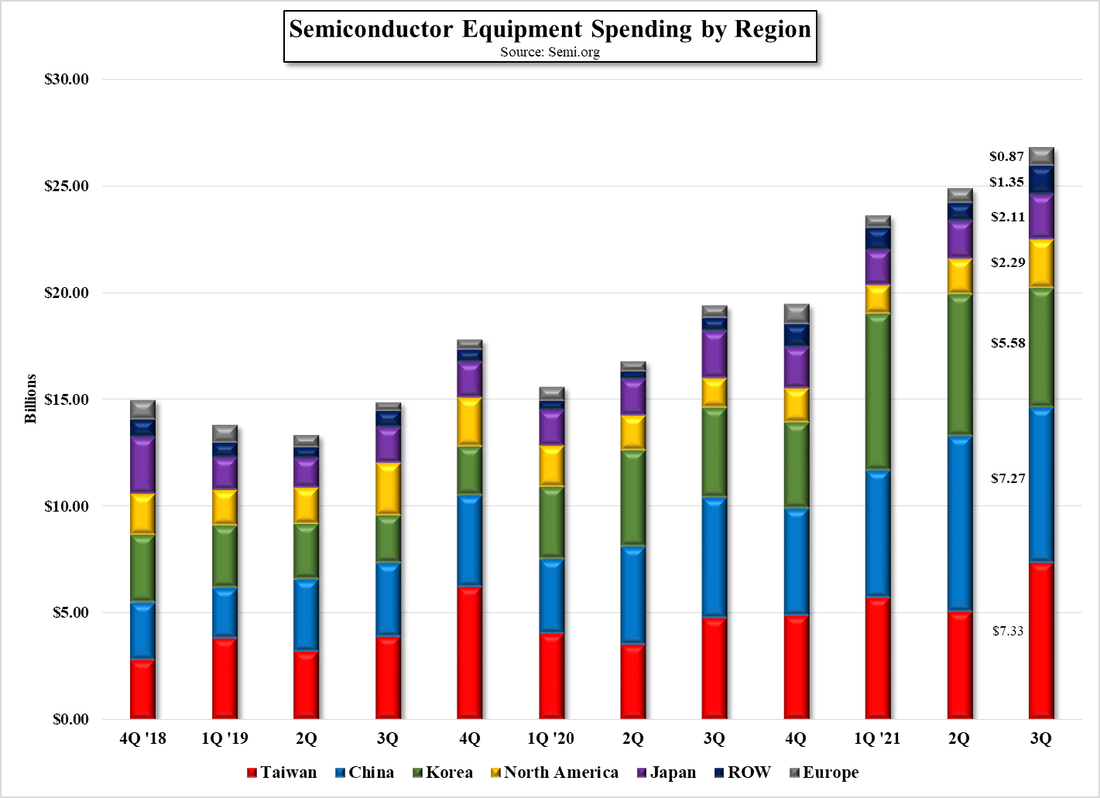
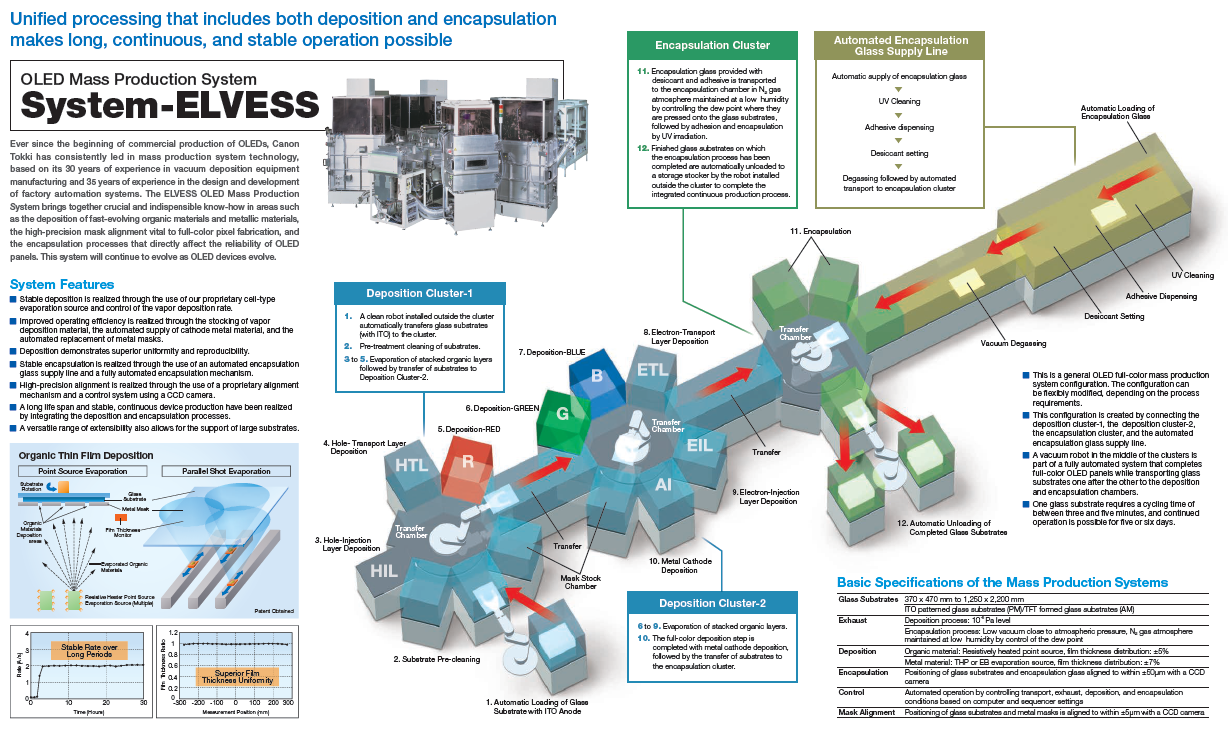

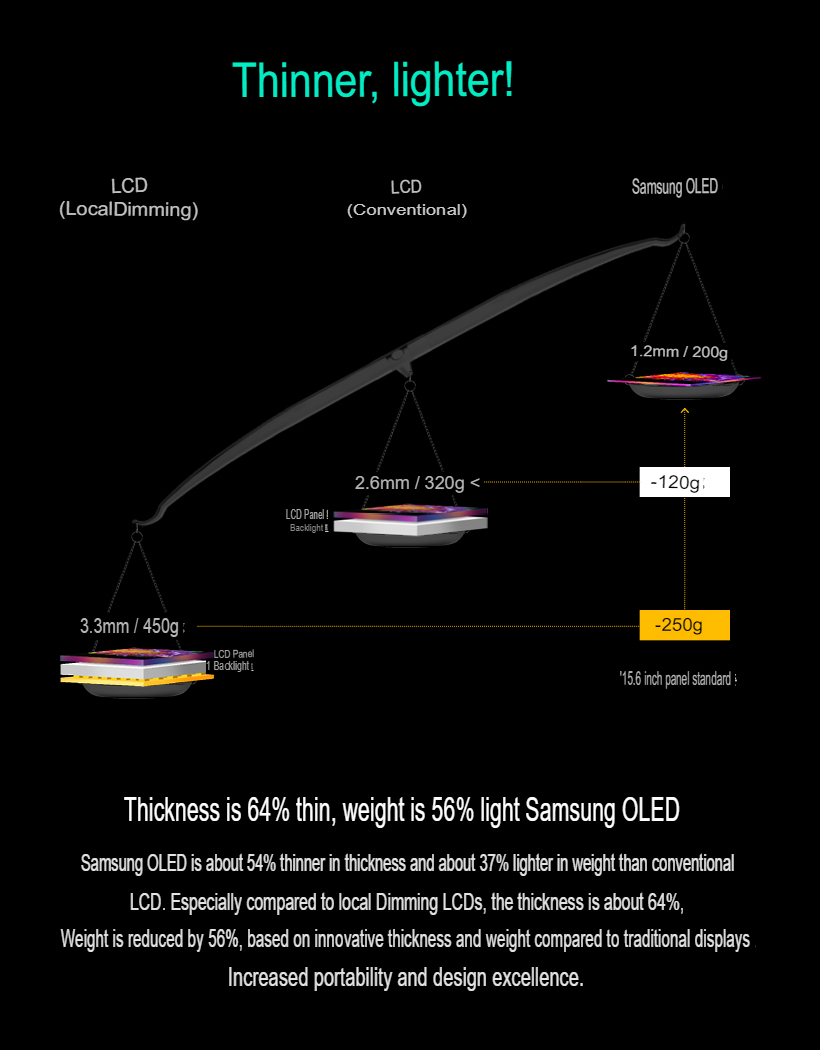
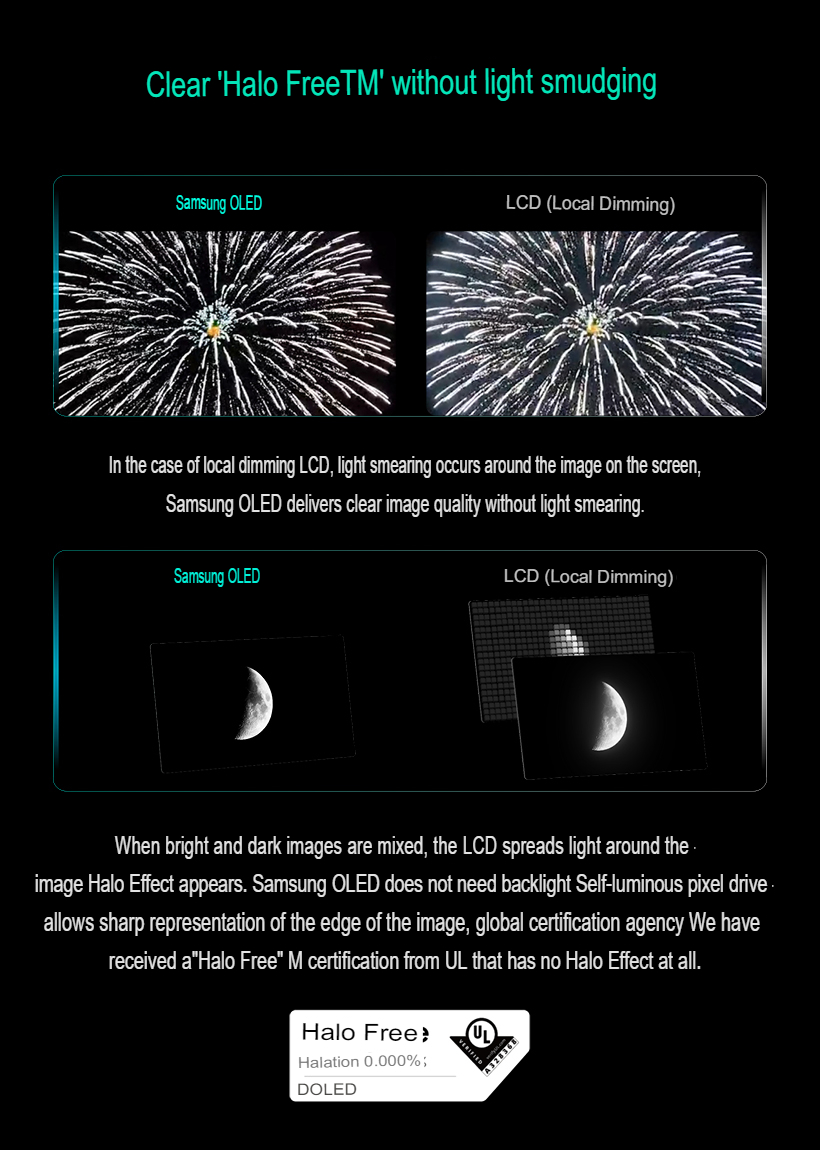
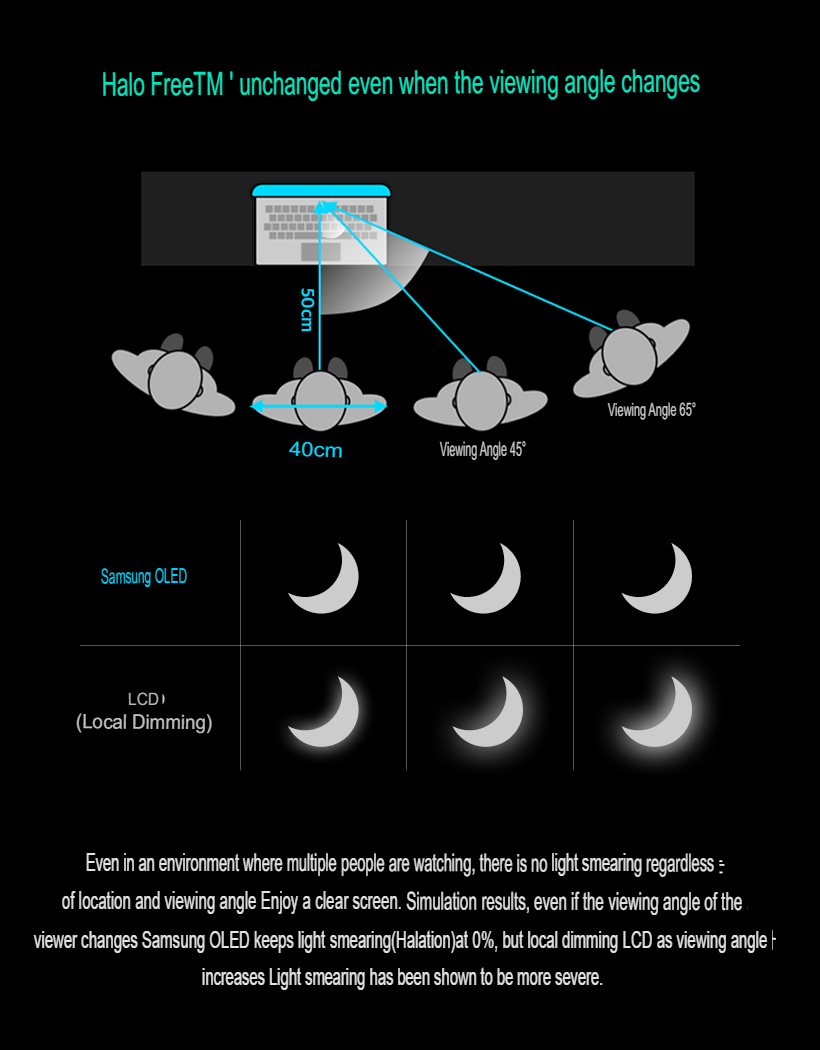
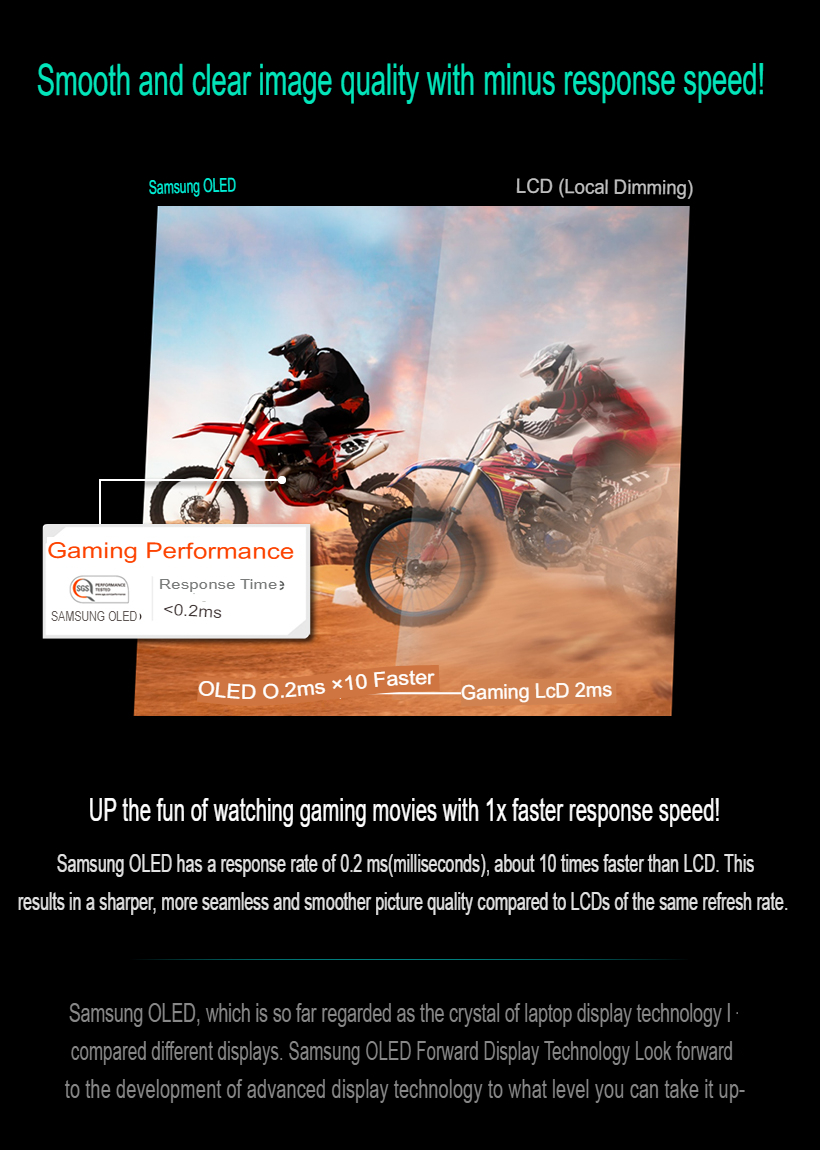
 RSS Feed
RSS Feed